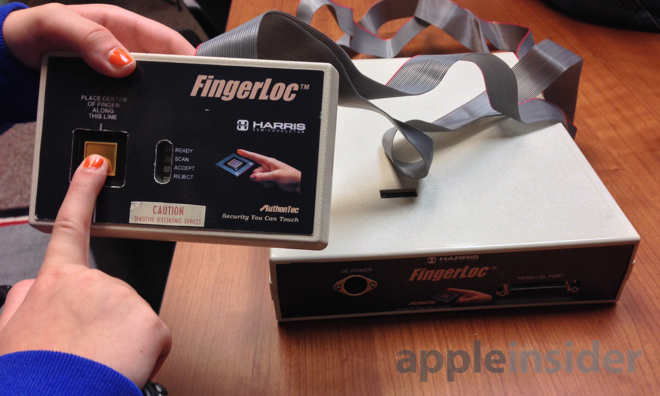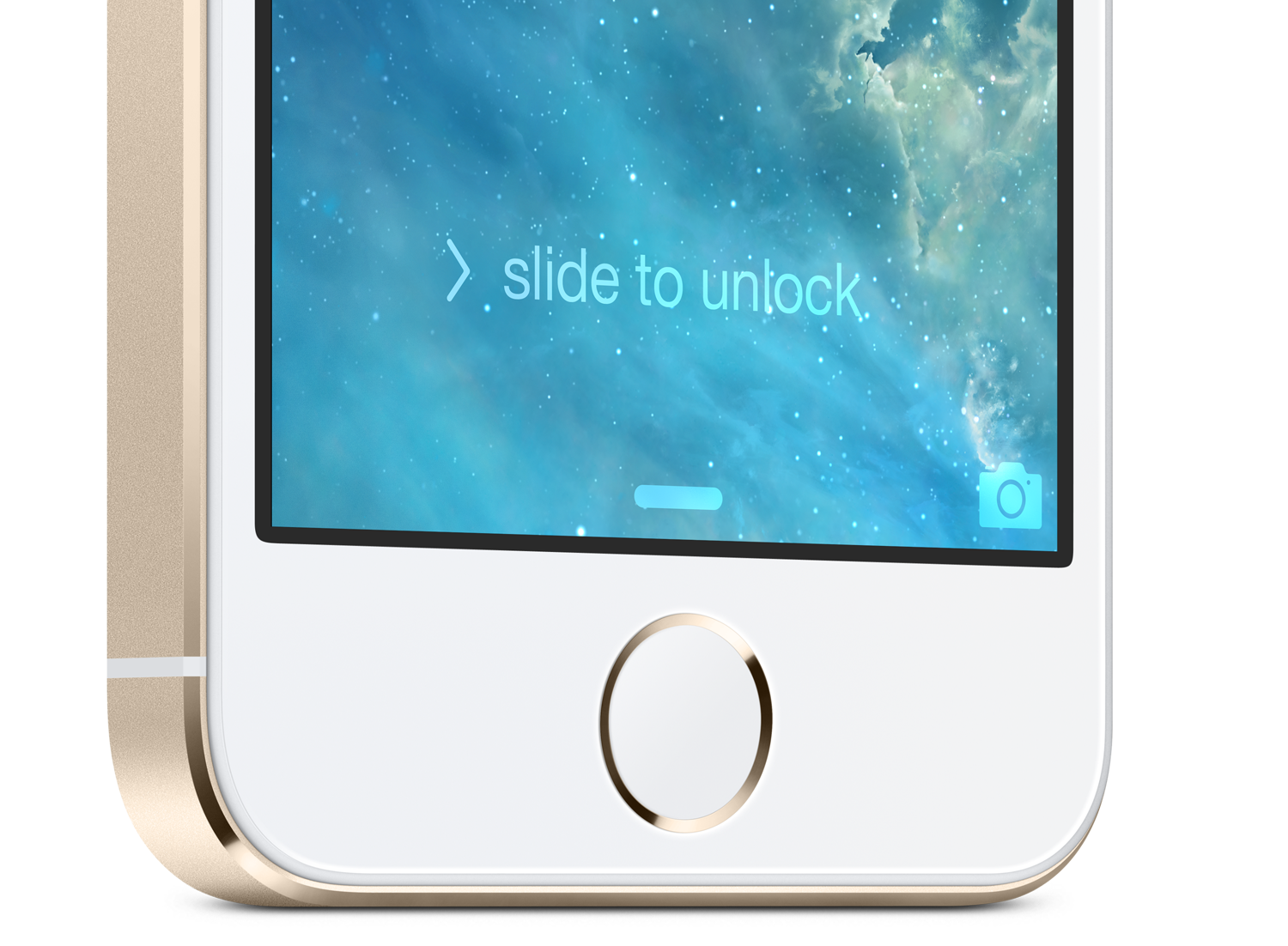After Apple had snapped up AuthenTec, an Israel-based NFC and smart sensor maker, for about $400 million in the summer of 2012, speculation abounded as puzzled pundits couldn’t envision Touch ID coming. Shortly after, Apple told AuthenTec’s clients such as Samsung to buy their sensors elsewhere.
It also shuttered the startup’s Embedded Security Solutions division while tasking AuthenTec engineers with rethinking fingerprint scanning on mobile. The results were nothing short of amazing: Apple has managed to take competition by surprise by seamlessly integrating the sophisticated Touch ID sensor into the iconic Home button, a far cry from the unreliable solutions that require you to swipe the sensor.
One publication was lucky enough to have been invited to a private presentation of an early Touch ID prototype by the AuthenTec co-founder F. Scott Moody…
Moody spoke Tuesday night to students at North Carolina State University’s Department of Industrial and Systems Engineering and AppleInsider was in attendance.
He explained that Touch ID accuracy improves every time you use the feature:
We’re looking at pores, structures of ridges and valleys, and instantaneously tell who you are. Every time you use it, it learns more about you. Because it knows, ‘This is Alex,’ every time you use it gets easier and easier.
What you see above is AuthenTec’s early predecessor to Touch ID, called FingerLoc.
They pitched the prototype to IBM’s chief technology officer a few years back but the technology giant wasn’t impressed after FingerLoc incorrectly identified the executive as another AuthenTec co-founder, Dale Setlak.
“I joked that all CTO fingerprints look the same,” Moody said. “He didn’t buy it.”
Then came Apple and “ate it up,” said Moody.
It’s also interesting that AuthenTec worked closely with dermatologists to perfect how the sensor reads read sub-epidermal skin layers, according to the co-founder.
We had a great team of engineers — which I think is highlighted by the fact that Apple kept the engineering team.
I’m having a hard time getting my head around the fact they were able to take the prototype, improve the technology vastly and shrink it down to an 8-millimeter by 8-millimeter sensor found beneath the iPhone 5s’s Home button.
Heck, even the critical Consumer Reports sang praises to Touch ID.
It’s a marvel of engineering, really.
Little wonder that Samsung is facing significant hurdles, with various reports putting its own Touch ID variant at least a year away.
It’s unclear whether the South Korean conglomerate is aiming to replicate Apple’s Home button integration or opt for HTC’s approach that calls for a dedicated fingerprint sensor on the back of the newly-announced One Max smartphone .
The Verge likened the solution to an “exercise in frustration,” noting that the sensor is in “exactly the wrong place”.
Although Apple wasn’t first to market with a fingerprint sensor, it’s bound to mainstream the technology by implementing it seamlessly across its mobile devices. Because Touch ID gives the iPhone 5s a competitive advantage, Android vendors are on high alert.
According to an article by USA Today, some sort of fingerprint scanning should become the norm on high-end Android devices in the next six months.
Are you using Touch ID on your iPhone 5s or has the novelty of it worn off?

